Dental Care for Patients With Special Needs
Special health care needs can make good oral health difficult to achieve.

Everyone deserves a healthy smile. However, good oral health is often one of the most challenging issues for people with physical, medical, developmental, sensory and cognitive disabilities. Special health care needs (SHCN) can make it difficult to complete the basic skills necessary for good oral health. Brushing, flossing and maintaining a balanced diet can all be challenging.
While most people with SHCN can be treated in a general dental practice, some may require the care of a dental specialist. Regular checkups and assistance to maintain good oral hygiene can help to reduce the risk of oral problems.
Tips for caregivers who help with oral hygiene
It can be particularly challenging to help a person care for their mouth. For this reason, a caregiver's patience and skills are important.
Be sure that those you are assisting are brushing and flossing daily. You or an aide may need to help them. As you assist a person:
- Always explain what you are about to help with before you begin—for example, "I am going to brush your teeth now," or, "I am going to help floss your teeth now."
- Work in a slow, calm manner to avoid startling them.
- Be sure the person's head is supported. Take care to prevent choking or gagging when their head is tilted back.
- If the person is unable or unwilling to keep their mouth open, talk to their dentist about viable solutions.
Toothbrushing and flossing
People with SHCN may find it difficult to hold a toothbrush, floss or other oral hygiene devices. Sometimes, changing to an electric brush or using a power flosser can help. Other times, simple modifications to existing devices can make routine practices easier. Modifications can include:
- Using a wide elastic band or Velcro to hold the brush to the person's hand.
- Enlarging a brush or floss holder handle with a sponge or rubber ball for easier grasping. Handles can also be widened by wrapping them with an elastic bandage or adhesive tape.
- Lengthening the handle with a piece of wood or plastic by taping on a ruler, wood stick or tongue depressor.
- Tying floss into a loop for easier handling.
Dental appointment tips
People with SHCN may have conditions that make dental visits difficult. To make visits easier:
- Consider planning a pre-appointment visit to the dental office to familiarize them with the setting.
- Ask the dentist for tips that can help the person feel comfortable.
- Keep up with regular dental checkups that include preventive care. These can help minimize the need for more extensive care and time in the dental chair in the future. Early diagnosis and treatment are key.
- Schedule all appointments when the person is well rested and the dental office is less busy.
Specific tips for children:
- Start regular dental visits by the child's first birthday—or earlier if you think there might be a dental problem.
- As the child ages, ask your dentist about sealants. Sealants can help prevent tooth decay on the chewing surfaces of molars where most cavities occur.
If a general dentist is unable to provide care, they may recommend that the person see a pediatric dental specialist. Pediatric dentists have 2 to 3 years of additional training that includes the care of individuals with SHCN.
Visual communication tools for children with special needs
Empower children by providing different ways of communicating.
- Use a card with a visual symbol to express when it is time to take a break (for example, a stop light with green, yellow and red options).
- Use a pain rating scale to communicate discomfort. The scale typically has a range of 1 to 5 or 1 to 10. The child points to the number that corresponds with his/her discomfort level, with lower numbers representing less stress. A similar idea would be to create a scale using a series of faces that are sad, scared or happy to help the child communicate emotions.
See your dentist for additional ideas. It is important for the child to understand how to use any visual supports or communication tools prior to visiting the dentist. Before visiting the dentist, practice at home.
Preparing for a trip to the dentist
A trip to the dentist can be a scary or intimidating experience for any person. Individuals with SHCN are often anxious during dental visits when new or uncomfortable procedures are done. Noises, such as the sound of a drill, can be scary. Not being able to speak (because dental tools are in the mouth) can cause additional stress. To help reduce this stress:
- Ask if you can bring audio or video devices or if the dental office is able to provide them.
- Use earplugs to muffle the noises that cause stress.
- Have the person bring along a favorite blanket or toy to help ease anxieties.
Note: Before bringing any of these items, contact the dental office to be sure they are allowed in the exam and treatment area.
Successful dental visits can provide a foundation for a lifetime of good oral health. It is important for people with SHCN to feel comfortable with dental professionals. If they do well with a certain hygienist or dentist, ask to see the same person next time. This provides consistency as the professional becomes familiar with the person's needs.
Save with Blue365®
BCBS FEP Dental members can access premier health and wellness discounts from leading brands through our Blue365 program. Many deals are available and new ones are constantly being added, such as discounts on oral care products to help you maintain a healthy smile. Visit Blue365 to learn more.
Note: The information in this article is not meant to replace the advice of your dentist or another licensed healthcare professional. Talk to your dentist for any specific dental advice.
Sources: https://www.aapd.org/globalassets/media/policies_guidelines/bp_shcn.pdf https://www.nidcr.nih.gov/sites/default/files/2018-10/dental-care-everyday.pdf https://www.nidcr.nih.gov/health-info/developmental-disabilities






